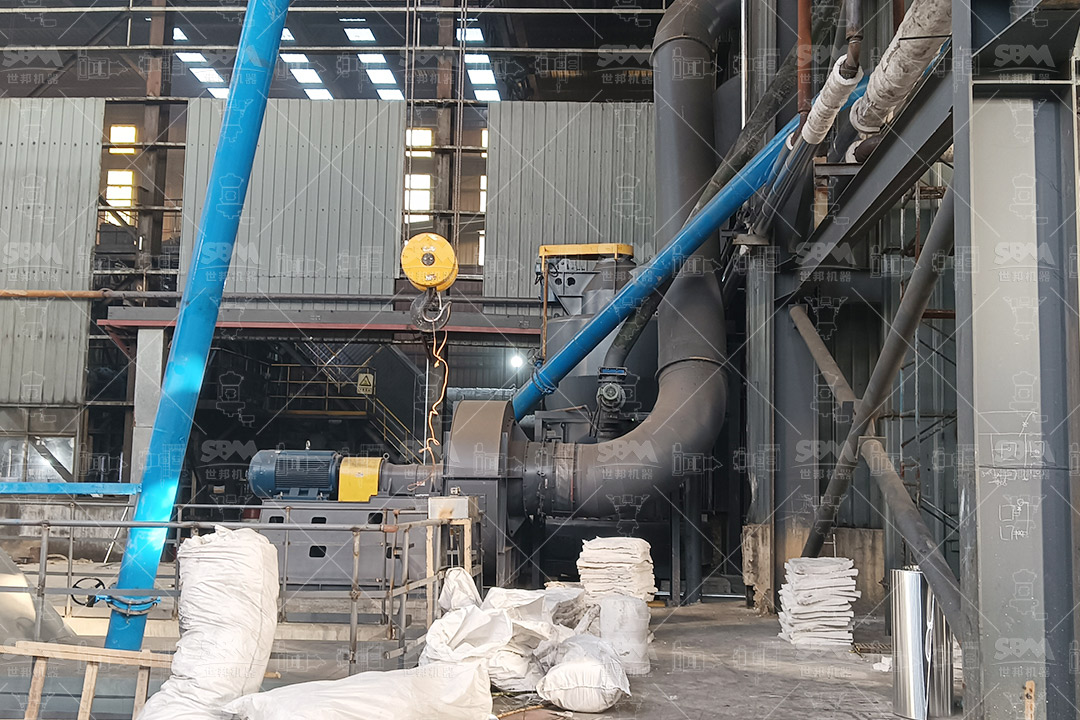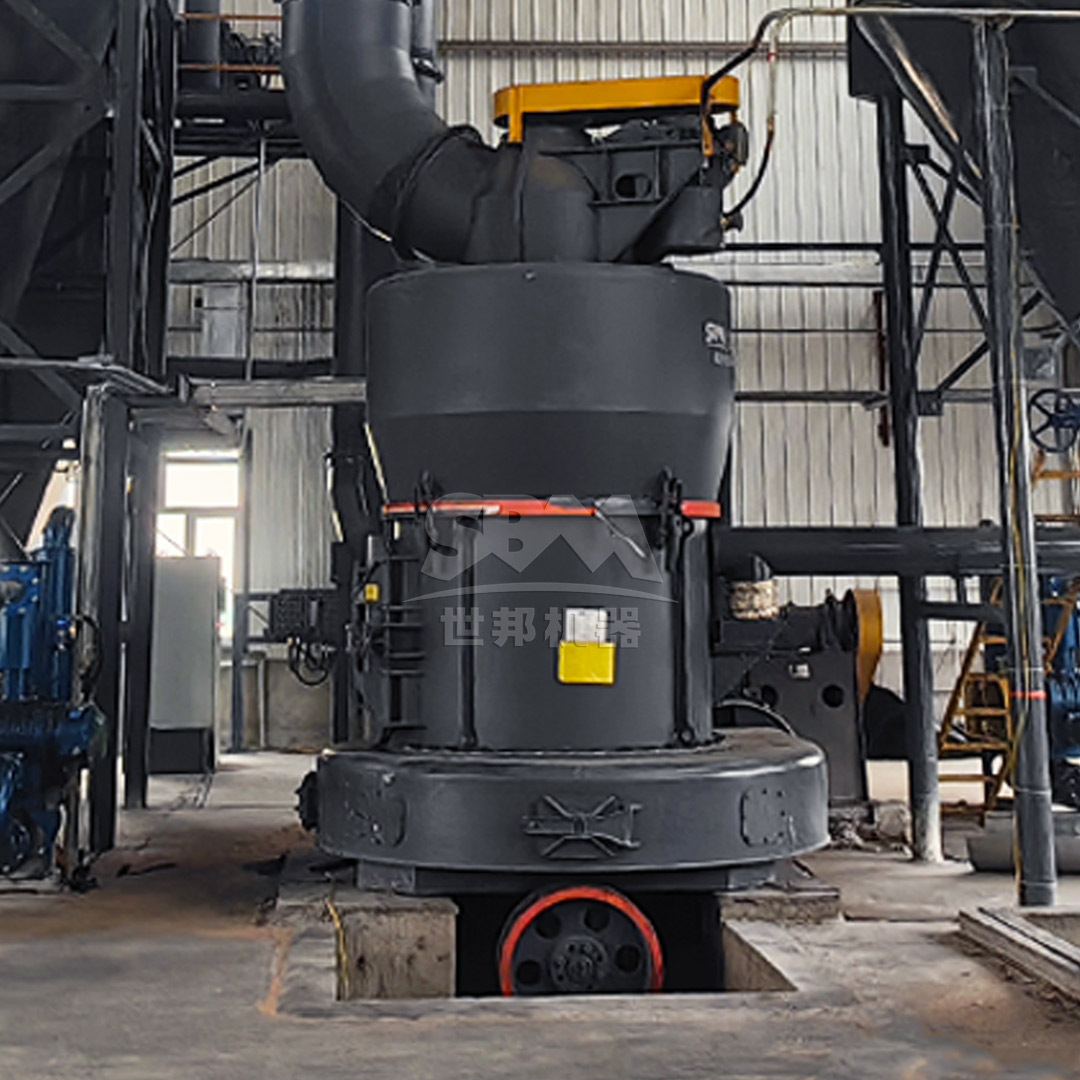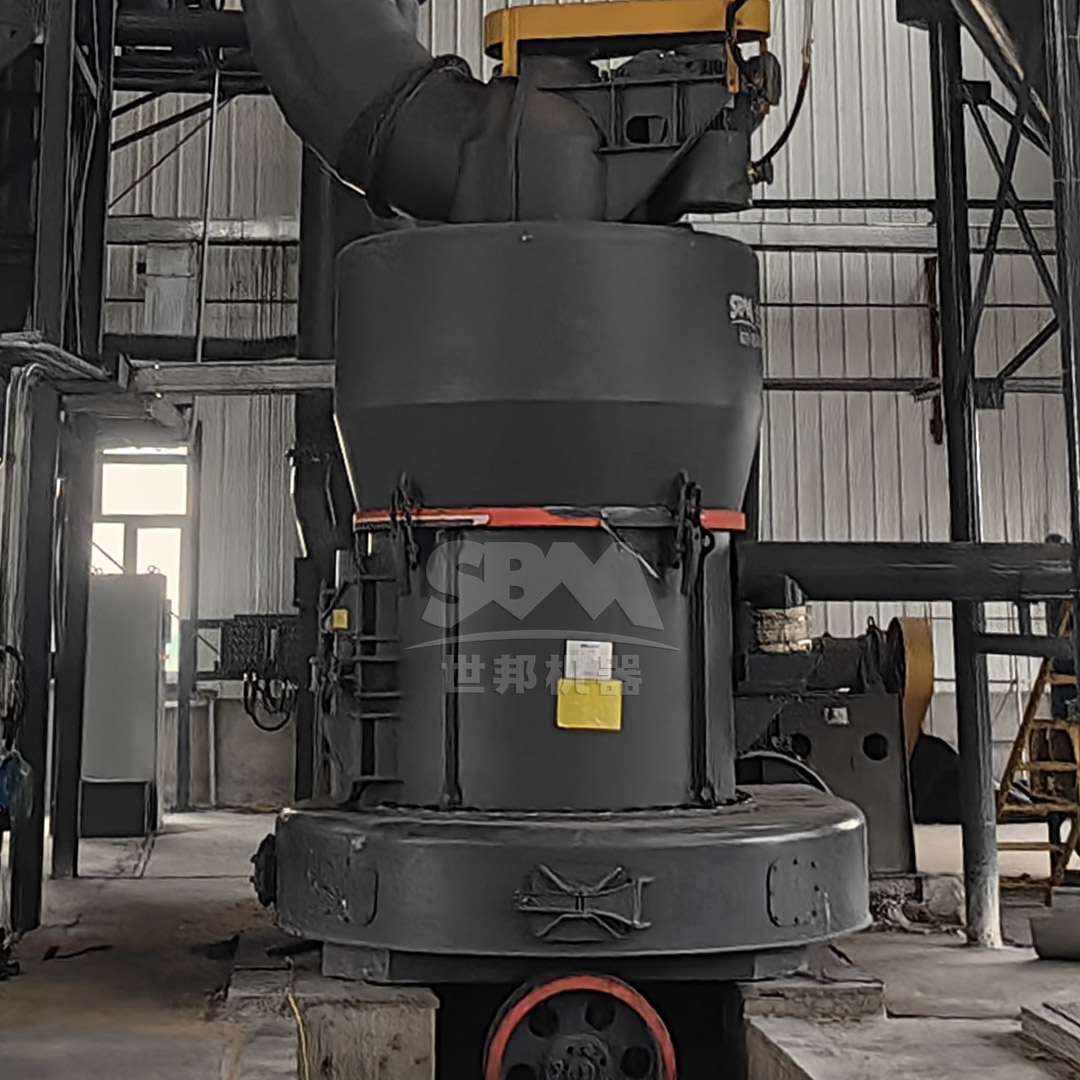Flue Gas Desulfurization (FGD) systems are critical environmental control technologies employed by power plants worldwide to reduce sulfur dioxide (SO₂) emissions from coal and oil combustion. Among various FGD technologies, wet limestone scrubbing remains the most widely adopted and effective method due to its high removal efficiency and cost-effectiveness. The core chemical reaction involves limestone (CaCO₃) reacting with SO₂ to form gypsum (CaSO₄·2H₂O). The efficiency of this process is heavily dependent on the quality and fineness of the limestone powder used, making the selection of an appropriate limestone grinding mill a paramount consideration for power plant operators.

The dissolution rate of limestone in the scrubber slurry is a key rate-limiting step in the SO₂ absorption process. Finer limestone particles possess a significantly larger specific surface area, which dramatically accelerates the dissolution and reaction kinetics. This leads to higher SO₂ removal efficiency, reduced limestone consumption, and improved gypsum quality. Typically, FGD systems require limestone powder with a fineness of 90% passing 325 mesh (44 μm) or even finer, such as 250 mesh (D90). Inadequate grinding can result in unreacted limestone, which not only wastes reagent but can also lead to scaling and plugging in the scrubber, causing operational downtime and increased maintenance costs.
| Parameter | Typical Specification | Impact on FGD Process |
|---|---|---|
| Particle Size (D90) | ≤ 44 μm (325 mesh) | Directly affects dissolution rate and SO₂ removal efficiency. |
| Particle Size Distribution | Narrow and Uniform | Prevents unreacted coarse particles and improves slurry stability. |
| Chemical Purity (CaCO₃) | > 90% | Higher purity reduces inert material buildup and reagent consumption. |
| Moisture Content | < 1% | Prevents clogging in storage and feeding systems. |
Choosing the right grinding equipment is essential for achieving the desired fineness, capacity, and operational economy. The ideal mill must offer precise particle size control, high energy efficiency, reliable operation with minimal downtime, and compliance with environmental standards for noise and dust emissions. Several types of mills are available, each with its own set of advantages and operational ranges.
| Mill Type | Typical Output Fineness | Capacity Range | Suitability for FGD |
|---|---|---|---|
| Ball Mill | 0.074-0.8mm | High (up to 450 t/h) | Moderate. Can be used but lacks precise fineness control and is less energy-efficient. |
| Raymond Mill (MTM/MTW) | 45-325 mesh | Medium (3-45 t/h) | Good. A proven technology for medium-fineness applications. |
| Vertical Roller Mill (LM Series) | 30-325 mesh (up to 600 mesh) | Very High (3-250 t/h) | Excellent. Ideal for large-capacity power plants, offering high efficiency and integrated drying. |
| Ultrafine Mill (SCM Series) | 325-2500 mesh (D97≤5μm) | Medium (0.5-25 t/h) | Superb for high-efficiency requirements. Produces the finest powder for maximum reaction speed. |

Based on the stringent requirements of modern power plant FGD systems, we highly recommend two of our flagship products, which are engineered to deliver superior performance, reliability, and cost savings.
For power plants seeking the highest possible SO₂ removal efficiency and aiming to minimize limestone consumption, the SCM Ultrafine Mill is the ideal solution. This mill is capable of producing limestone powder with a fineness of 325-2500 mesh (D97 ≤ 5μm), which provides an exceptionally large surface area for rapid dissolution in the scrubber.
Key Advantages for FGD:
Model Specification Highlight (SCM Series):
| Model | Processing Capacity (t/h) | Main Motor Power (kW) | Output Fineness (mesh) |
|---|---|---|---|
| SCM800 | 0.5-4.5 | 75 | 325-2500 |
| SCM1000 | 1.0-8.5 | 132 | |
| SCM1250 | 2.5-14 | 185 | |
| SCM1680 | 5.0-25 | 315 |
For large-scale power plants with substantial limestone consumption, the MTW Series Trapezium Mill offers an outstanding balance of high capacity, reliable operation, and excellent fineness control. It is perfectly suited for producing the standard 325-mesh limestone powder required by most FGD systems.
Key Advantages for FGD:
Model Specification Highlight (MTW Series):
| Model | Processing Capacity (t/h) | Main Motor Power (kW) | Output Fineness (mesh) |
|---|---|---|---|
| MTW138Z | 6-17 | 90 | 10-325 |
| MTW175G | 9.5-25 | 160 | |
| MTW215G | 15-45 | 280 |

The selection and operation of a limestone grinding mill are pivotal to the success of a power plant’s Flue Gas Desulfurization system. Investing in advanced grinding technology like the SCM Ultrafine Mill or the MTW Series Trapezium Mill translates directly into enhanced SO₂ removal efficiency, reduced reagent and energy costs, improved system reliability, and full compliance with stringent environmental regulations. By focusing on the quality of the limestone powder, power plants can ensure their FGD systems operate at peak performance, contributing to cleaner air and more sustainable power generation.